We live in a world of ever-shifting boundaries and political entities, and the name of a country can often be the first victim of a change in regime. Throughout history, countries have changed their names for a variety of reasons: to reflect the changing of the guard, to assert a new identity, or to affirm a country’s new direction. Here are 10 countries that changed their names and why they did so.
10- Turkey to Türkiye

Photo Credit: Deccan Herald
In 1923, the Republic of Turkey changed its name to the Republic of Türkiye. This was part of the restructuring of the government and its relationship to the people. It marked the beginning of a new era for the country. The official language was changed from Ottoman Turkish to modern Turkish, the alphabet was changed from Arabic to Latin script and the new name was a reflection of the country’s new identity. This decision was made in order to unify the people and create a sense of national identity. The name Türkiye was also chosen to reflect the country’s diverse cultural and ethnic heritage.
9- Gold Coast to Ghana
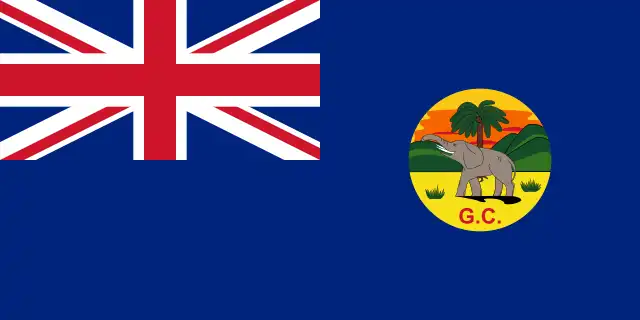
The Gold Coast changed its name to Ghana in 1957. It was a significant step for the country, as the new name represented a change from colonial rule to a new era of independence. The adoption of a new name symbolized the start of a new era of self-governance, freedom, and prosperity for the people of the Gold Coast. The decision to rename the country was made by a national plebiscite, which was held in March 1957. The overwhelming majority of voters approved the name change.
Since then, Ghana has become a beacon of democracy, stability, and growth in West Africa. It has held regular, peaceful, and fair elections since 1992. Ghana has also achieved impressive economic growth, becoming one of the fastest-growing economies in Africa in 2017. The nation has also made remarkable progress in improving the lives of its citizens. Ghana continues to be a symbol of hope and progress in the region.
8- Zaire to Democratic Republic of Congo

Photo Credit: New Yorker
The Republic of Zaire changed its name to the Democratic Republic of Congo in 1997. This was a major shift in the nation’s culture and identity. The former president, Mobutu Sese Seko, had been in power for more than three decades and had changed the nation’s name to Zaire in 1971. The renaming of the country was part of a larger effort to create a new identity and move away from the legacy of Mobutu’s rule.
The new name, The Democratic Republic of Congo, was seen as a sign of the nation’s commitment to democracy. The change of name was also seen as a way to emphasize the country’s unity and diversity. It was hoped that the new name would bring an end to the civil war that had been going on since the late 1990s.
7- Rhodesia to Zimbabwe
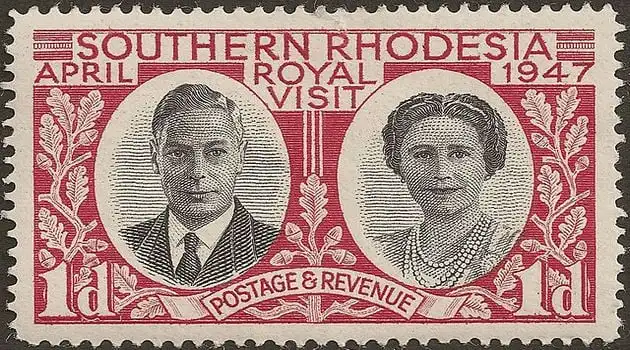
Photo Credit: Wikiwand
Rhodesia changed its name to Zimbabwe in 1980. The move was a result of the Rhodesian Bush War and the renaming was meant to signify a new era of independence and democracy. The new name was adopted following the signing of the Lancaster House Agreement, which marked the end of the civil war. The name Zimbabwe comes from the ancient Great Zimbabwe ruins, which are a symbol of African heritage and nationalism.
The renaming of the country was a significant milestone in the history of the region. It marked the start of a new era of freedom and self-determination for the people of Zimbabwe. It also represented the culmination of a long struggle for independence and national self-determination. The renaming of Rhodesia to Zimbabwe was a major step forward in the country’s progress towards democracy and nationhood. It has since gone on to become one of the most developed and prosperous countries in Africa.
6- UpperVolta to Burkina Faso

Photo Credit: Guardian
In 1984, Upper Volta officially changed its name to Burkina Faso. This was a result of the country’s president, Thomas Sankara, wanting to move away from its colonial-era name. He wanted to create a new national identity that reflected the history and culture of the people of Burkina Faso. The new name was derived from two different local languages and translates to “land of the upright people”.
This change was widely supported by the citizens of the country, who embraced the new name and the opportunity it afforded to move away from its colonial past. Sankara’s efforts to create a new national identity have been seen as one of his major successes during his time as president. His legacy lives on in the name of Burkina Faso, a name that proudly reflects the country’s independent spirit.
5- Portuguese East Africa to Mozambique
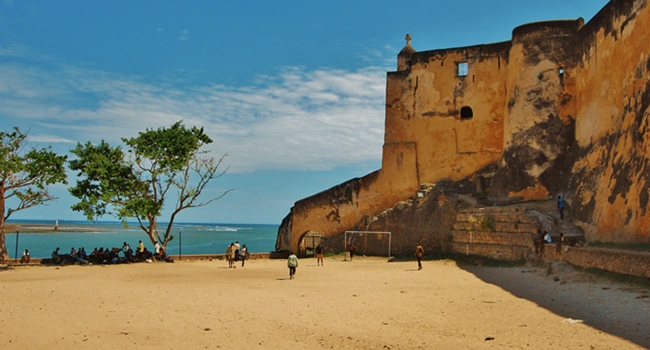
Photo Credit: World History
Portugal colonized East Africa in the 16th century, renaming it Portuguese East Africa. Over time, the region gained independence and was renamed Mozambique in 1975. This change was the result of a long struggle for freedom from Portuguese rule. Mozambique is now a sovereign nation with its own government, language, and culture. The country has experienced a period of rapid economic growth since the transition to independence. Mozambique is now a leader in the region, with a strong economy and a vibrant culture. It is home to a diverse mix of ethnic groups, languages, and religions, making it a culturally rich destination for travelers.
Mozambique has also made significant strides in improving its infrastructure and providing access to education and healthcare. This has helped to reduce poverty and improve the quality of life for its citizens. Mozambique is an example of a country that has transformed itself through a successful transition to independence and has become a model for other African nations.
4- Dahomey to Benin
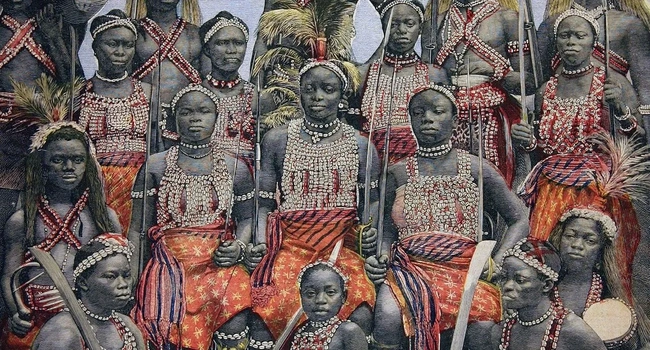
Photo Credit: Moyo Afrika
Dahomey was a West African nation located in the Gulf of Guinea. It existed from 1960 to 1975, when it changed its name to Benin. The name change was part of a larger political movement to promote independence and cultural identity. The Dahomey people were descendants of a powerful kingdom that had existed since the 16th century. The kingdom was known for its strong military and economic prowess, as well as its distinct culture and traditions.
The Dahomey people saw the name change to Benin as an opportunity to take control of their own destiny and to celebrate their proud heritage. The name change was an important symbol of their identity and a powerful reminder of their proud past. It also served to remind the world of their unique culture and the importance of preserving it. The name Benin is now used around the world to refer to the former Dahomey nation, and it serves as a reminder of the strength and resilience of its people.
3- Siam to Thailand
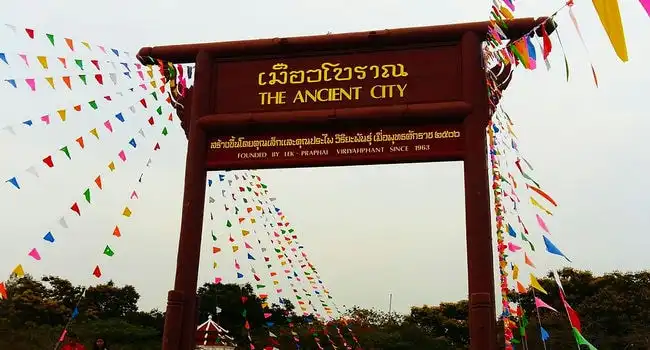
The first unified kingdom of Siam was founded in the 14th century by King Ramkhamhaeng the Great. He established a powerful kingdom that was able to withstand invasions from neighboring countries and extended Siam’s influence over the region. In the 19th century, Siam was faced with the threat of colonization from the European powers. However, under the leadership of King Mongkut (Rama IV), Siam succeeded in maintaining its independence and avoided being colonized. This period is known as the “Siamese Miracle” and is credited with helping Siam to become a modern, industrialized nation.
In 1939, the country was officially renamed Thailand, meaning “Land of the Free”. Thailand entered the 20th century as a strong and prosperous nation and has since become an important regional player in Southeast Asia. Today, Thailand is a vibrant and diverse country that remains proud of its rich history and culture.
2- Ceylon to Sri Lanka

Photo Credit: Wikipedia
In 1972, Ceylon changed its name to Sri Lanka, marking a major shift in the country’s identity. This change was a reflection of the Sinhalese majority’s desire to emphasize their unique culture and history. For centuries, Ceylon had been divided between the Sinhalese majority, who were largely Hindu and Buddhist, and the Tamil minority, who were mostly Hindu. However, The name change was a way for the Sinhalese majority to express their cultural dominance over the nation.
The change was also a reaction to the colonial legacy of British rule. During the colonial period, the British had sought to downplay the cultural and religious differences between the Sinhalese and Tamil populations. The name change also helped to foster a sense of national unity. Prior to 1972, the Sinhalese and Tamil populations had been divided along ethnic lines, and there had been tension between the two groups. The name change to Sri Lanka served as a unifying symbol, allowing the country to move forward as one nation.
1- Burma to Myanmar

Photo Credit: Lonely Planet
Burma changed its name to Myanmar in 1989. This move was popularly known as the “renaming” of Burma. The decision was taken by the ruling military junta, the State Law and Order Restoration Council (SLORC). They argued that the new name was more inclusive of all the ethnic groups in the country. As a result of this change, the country’s flag, anthem, currency, and other symbols were also changed. This move was met with criticism from the international community, as they did not recognize it as a legitimate name change.
Despite this, Myanmar has been widely used by the international community since then. The United Nations, European Union, and Russia all now recognize Myanmar as the official name of the country. The name change was also welcomed by the people of Myanmar, as it was seen as a step towards national unity and reconciliation.


